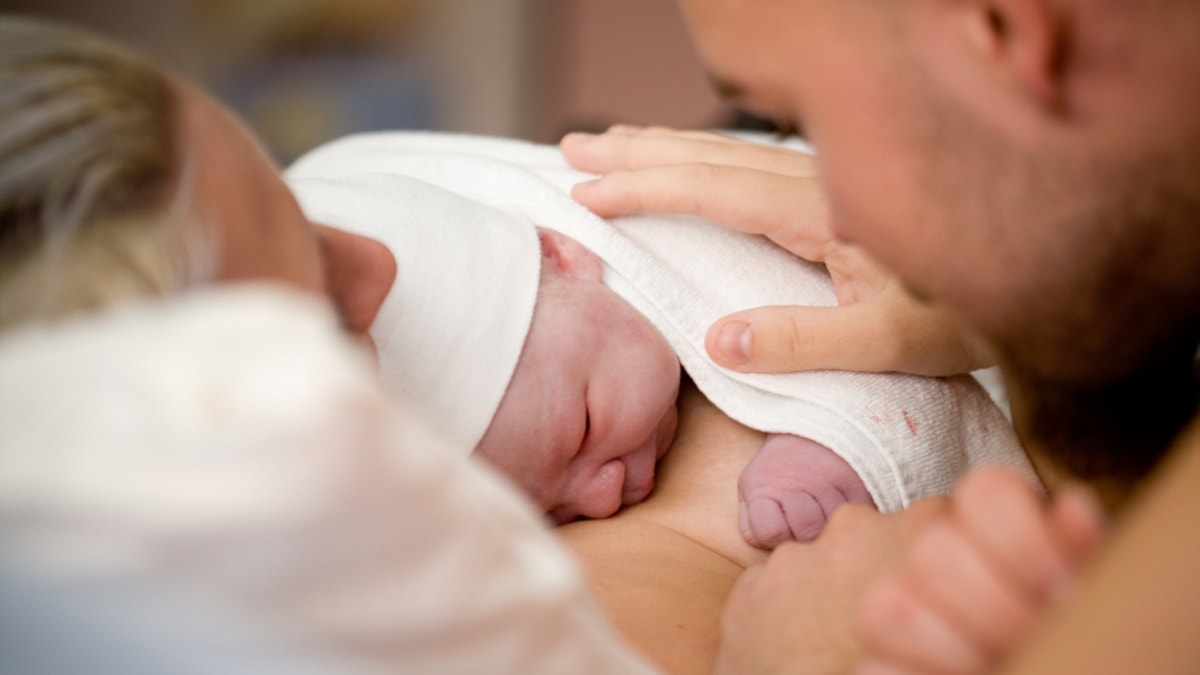
Newborn baby girl right after delivery, shallow focus (iStock)
When considering where to give birth, most parents-to-be and doctors in Western nations believe a hospital is the best place.
Not so Jean Stevens, 32, who chose to deliver two children at home in the U.K. She says her two labors were nearly pain-free.
“From my point of view the best place to give birth is where you’re most relaxed,” says Ms. Stevens, who was 29 when she surprised friends and family with her desire for a home birth. She had her second baby at home in Elm, some 100 miles north of London, when she was 31.
Childbirth at home is usually considered more risky than in the hospital for both mother and baby in high-risk or first-time pregnancies. And even with low-risk pregnancies, some expectant parents have no interest in giving birth at home, either because of limited pain relief options or reluctance to be too far from lifesaving medical care if it is needed.
Yet some expectant parents want to explore the option of home birth but feel it is an uphill battle to do so. “Women need to be respected more and supported in their choice,” says Ms. Stevens, who is trying to figure out a way to deliver her third child at home even though the local hospital no longer offers a home birth option.
This spring the National Institute for Health and Care Excellence, a U.K. advisory entity for the National Health Service often known as NICE, issued guidance stating that home births are safer than hospital births for women who are having their second or later child with a low-risk pregnancy.
The NICE statement is thought to be the first time a major health-care authority has asserted that home births may be superior to hospital births for these mothers, with no evidence of increased risk to the baby, according to Neel Shah, a professor of obstetrics and gynecology at Harvard Medical School who wrote a recent commentary in the New England Journal of Medicine about the NICE guidelines.
